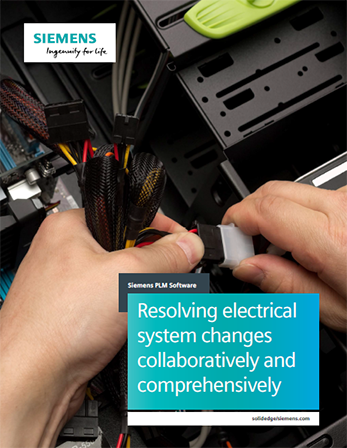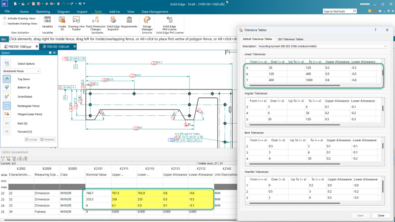Blurring the lines between electrical and mechanical design

In modern products, electrical systems design is an absolutely critical part of product development. That means more traditional mechanical components and smart, innovative electrical components have to all work together as a unified whole in order to deliver a quality end product.
But how can you ensure that your systems work together well if your design teams are not connected? When issues are identified, how can teams work collaboratively to fix them?
Chad Jackson from Lifecycle Analytics has answers to some of these questions:
If you find this topic interesting, and want to learn more about the blurring lines between mechanical and electrical engineering, go ahead and register for our upcoming live webinar with Chad to dive deeper.
Electrical systems design at the forefront of product development
It’s no secret that electronics allow modern products to do amazing things, such as perceive their physical environment and operation; to react intelligently with circuit boards, processors, and embedded software; to affect the physical world with motors and actuated components; to communicate with the Internet of Things (IoT), and so much more. All of these electronics are connected by complex electrical systems, which make up the product’s nervous system.
Supply too little power, and your most complex electronics won’t run properly. Supply too much and a fuse will be blown, or electronics will be damaged. Too little network bandwidth and data packets will be dropped, undermining control systems or efforts to leverage IoT analytics.
Modern products simply don’t work without good electrical systems.
Latest Siemens eBook: Resolving Electrical System Changes
Our latest eBook on resolving electrical system changes sheds light on this complicated area of modern product development. We aim to provide you with a better understanding of what’s required to stay competitive in an era during which product development is rapidly evolving.

In the eBook, you’ll learn…
-
- Why electrical systems are critical in modern products
-
- Collaborative and iterative electrical design processes
-
- Common approaches to electro-mechanical design, and their challenges
-
- Better ways to support collaborative product development


